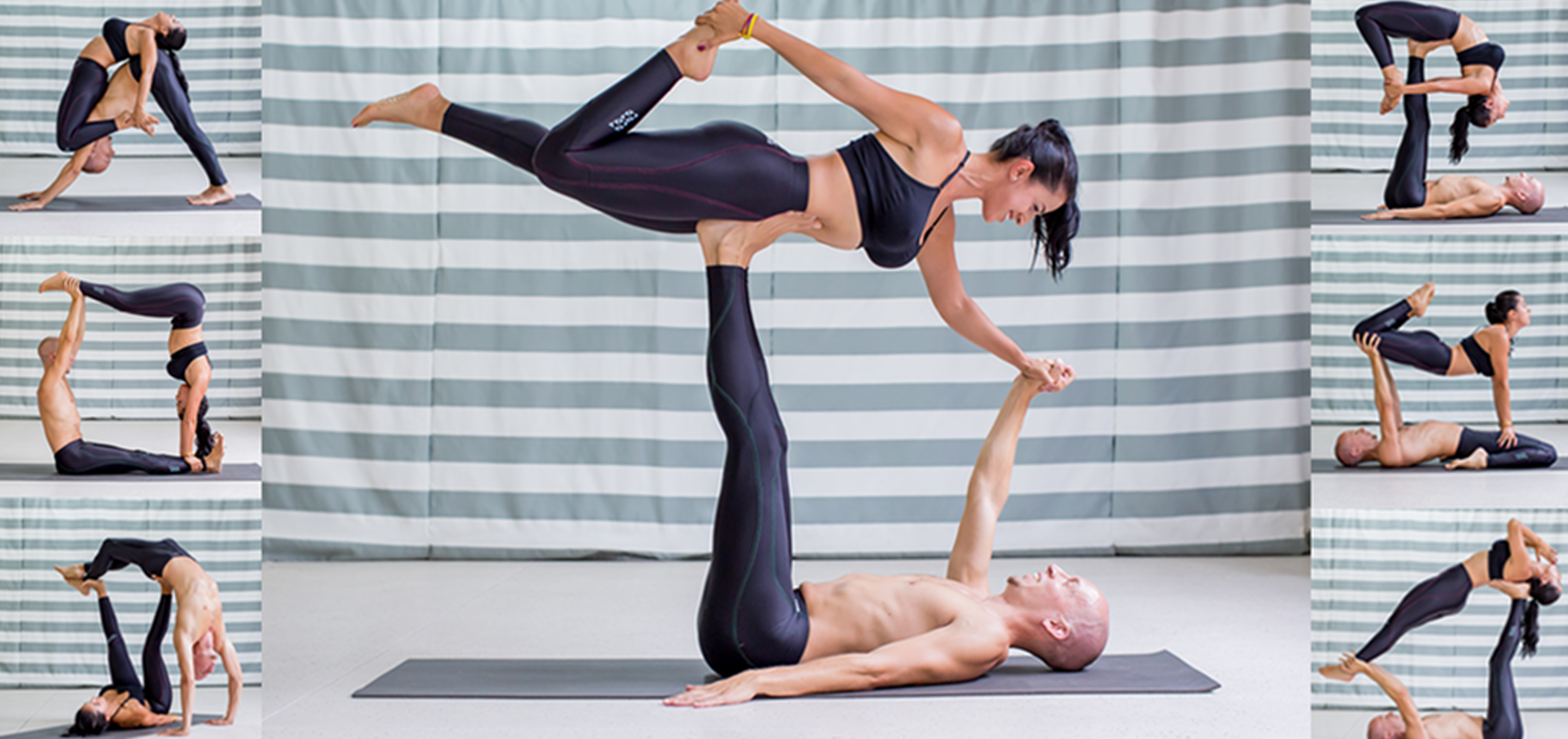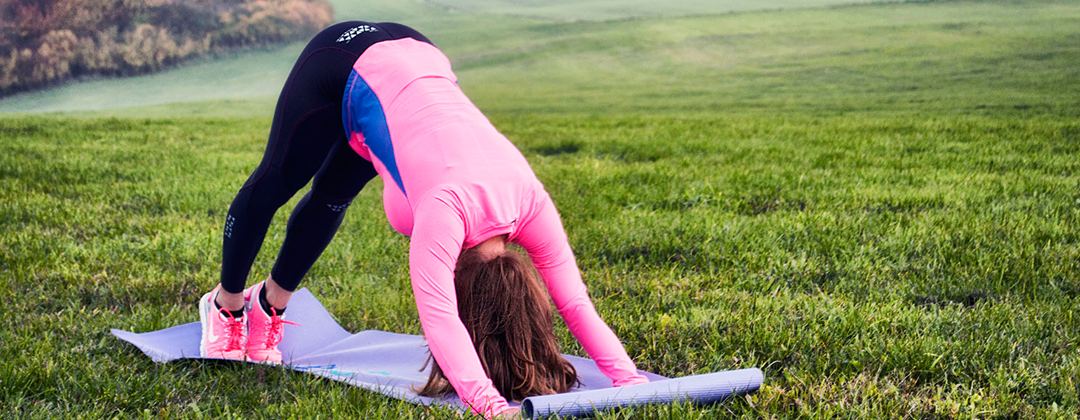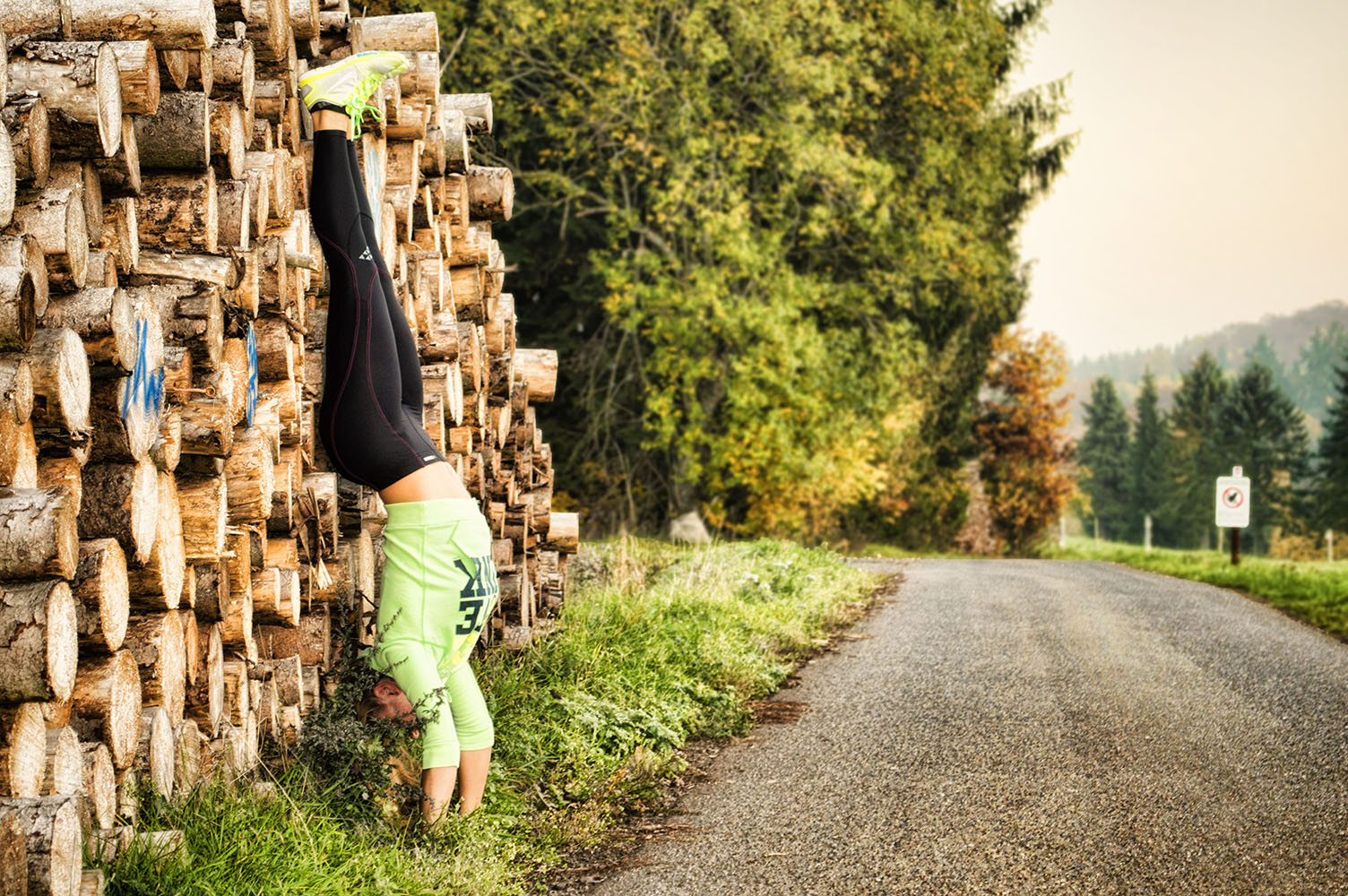Strong and beautiful, new to our women’s collection. Find it here
Tag: yoga tights brands
What are the different types of yoga?

With so many types of yoga to choose from, you can be forgiven if you become a little confused. People who are new to yoga are often overwhelmed by the various types of yoga that is being practiced today. To make things easier for you, we have written a brief introduction of the different types of yoga below:
what-are-the-different-types-of-yogaHot yoga Hot yoga in practiced in a room or yoga studio that is heated to 37 degrees Celsius. In hot yoga, the high heat causes you to sweat and detoxify. You will sweat away toxic and polluting element through your skin. Another purpose of the heat in hot yoga is it helps you as a yoga students to work deep and safely to strengthen their and lengthen your muscles and connective tissues. We highly recommend that you have a bottle of water ready to replenish and keep your body hydrated. Bring a towel and be ready to seriously sweat!
Ashtanga vinyasa yoga
Known simply as ashtanga yoga, this is one of the most popular types of yoga practiced today. The most well known teacher of ashtanga yoga is Sri K. Pattabhi Jois in India. Ashtanga yoga is a set series of postures linked together by vinyasas (flowing movements connected by breath). Ashtanga yoga classes are usually taught in a ‘Mysore style’, which mean students self practice in the presence of a teacher who helps adjust and correct the student’s posture where required. In ashtanga yoga, the breath, bandha (internal locks), and the dristi (point of focus for the eyes) are the most important elements while practicing asanas. Pattabhi Jois often tells his students, yoga is “99% practice, 1% theory.”
Power yoga
Power yoga is a modern style of yoga which developed from ashtanga yoga. Many students who are new to yoga find the modern power yoga is easier and more accessible than ashtangya yoga. Power yoga classes tend to be athletic and dynamic than ashtanga. With power yoga, students move in and out of postures which have been carefully coordinated to the breathing pattern to help maintain internal heat, keep the heart rate constant, with the aim of increasing strength and flexibility.
Yin yoga
Yin yoga is slower and more gentle type of yoga that was introduced to the United States in 1986 by the American yogi, Paul Grilley. Yin yoga practice involve holding postures for three to ten minutes. During yin yoga classes, students learn how to relax their muscles. By relaxing their muscles, student are able to access their body’s connective tissues. Yin yoga is a very calming style of yoga and students have commented that yin yoga is almost like a form of meditation because it is so calming and relaxing.
Anusara yoga
In 1997, the American yogi, John Friend, developed anusara yoga. Anusara yoga is considered to be one of the most fun and playful types of yoga. Anusara classes emphasize what John Friend refers to as “the 3 As”: Attitude, Alignment, and Action. The principle of Alignment is designed to help students develop a deeper appreciation of yoga postures. At the same time as being fun to practice, Anusara yoga is also quite athletic and challenging even to intermediate yoga students.
Iyengar yoga
Iyengar yoga was named after one of the world’s leading and influential yogis, B.K.S. Iyengar, from India. B.K.S. Iyengar has written books and developed yoga methods which are now studied and practiced by almost all yoga teachers and students. Iyengar yoga classes mainly focus the principle of alignment, that is the precise way in which the body should be positioned in each asana in order to generate maximum benefits to the yoga student and avoid causing injury to him or her. Iyengar yoga often adopts the use of props including blocks, straps, and bolsters as part of the yoga class. Asanas in iyengar yoga are often held for long periods to maximize their effects.
Jivamukti yoga
Jivamukti yoga is a distinct yoga style that was developed by two American yogis, David Life and Sharon Gannon, in 1986. Jivamukti means ‘liberation while living’ and jivamukti yoga classes are aimed at creating this experience by students. Jivamukti yoga classes integrates chanting, asanas, music, meditation and devotion into a vigorous physical practice. Jivamukti yoga involve the following five key elements into each class: 1. Scripture – this involve studying ancient yoga teachings and Sanskrit chanting. 2. Bhakti – this requires yoga students to understand that the goal of all yoga practice to reach the realization of God. 3. Ahimsa: this element emphasize an ethical and compassionate lifestyle involving vegetarianism, animal rights and peace and non-violence. 4. Nada yoga: this element the yoga student to develop a sound body and mind through deep and careful listening. 5. Meditation: this element aim to help students to connect with their internal spirit.
Integral yoga
The influential yogi, Swami Satchidananda, introduce integral yoga to the United States in 1969. His teachings have had a major impact on many modern yoga teachers and students. The key to integral yoga is integration. Integral yoga aims to integrate the various aspects of the body and mind through postures, breathing techniques, deep relaxation, and meditation. Integral yoga classes integrate the use of all these elements to allow students are greater sense of health and wellbeing, both physically and mentally.
Ivananda yoga
Swami Sivananda was one of Swami Vishnu-Devananda’s students in India. In 1959, Swami Sivananda developed the Sivananda yoga style. Sivananda yoga classes incorporate the use of traditional yoga postures which were practiced for centuries in the Himalayas. Sivananda yoga has a series of 12 postures, breathing, diet, chanting, scriptural study, and meditation.
Kripalu yoga
Kripalu yoga is a gentler style of yoga which require students to use yoga poses to explore, deal with, and release emotional and spiritual conflicts. Kripalu yoga was developed by the yogi Kripalvananda and one of his disciples, the yogi Amrit Desai, in India. Kripalu yoga has three stages: Stage 1: Firstly, students are required to focus on posture alignment and coordination of breath and movement. Postures are only maintained for short durations during this stage. Stage 2: Secondly, student include meditation in their practice and postures are held for prolonged periods. Stage 3: Lastly, the practice of postures becomes a spontaneous “meditation in motion.”
Kundalini yoga
Kundalini yoga was introduced to United States by Sikh master, Yogi Bhajan, in 1969. Prior to introduction to the United States, it was a secret type of yoga was only practiced by a small exclusive group of yoga practitioners. The work “kundalini” means awareness, and the aim of kundalini yoga is to stimulate the life force which resides at the base of the spine, and encourage the energy to flow through the body. Kundalini yoga is practice using a combination of classic postures with breathing, chanting, and meditation.
Viniyoga yoga
Viniyoga yoga was developed by T.K.V. Desikachar, the son of the yoga master, T. Krishnamacharya. In developing the viniyoga yoga style, T.K.V. Desikachar, was inspired by the teachings and philosophy of his father, T. Krishnamacharya. Viniyoga yoga involves adapting yoga practices to meet the needs of each individual students. The aim of viniyoga yoga put students on a path of self-discovery and personal transformation.
How does yoga benefit your health?

What are the health benefits of doing yoga? We have the answers, read on!
There are loads of health benefits to doing yoga. Doing yoga benefits your health in many was including: improved blood circulation around your body, increased self confidence and self esteem and better breathing. Yoga also helps with weight loss because it is an aerobic form of exercise. Yoga will help to improve your health by improving your general fitness and helping with detoxification of your body. Yoga also helps improve your strength and flexibility.
Yoga improves circulation
Circulation refers to the circulation of blood around your body. But why is circulation important to you? The circulation of blood around your body deliver fresh oxygen supply and essential nutrients to all your body’s cells helps to keep them healthy. Healthy cells in your body means your body is better at healing wounds, tissue repair and boost immunity from germs and bacteria. By enhancing your body’s circulation, yoga directly makes your body stronger and improves your sense of vitality. Practicing yoga increase your heart rate and boost the circulation of oxygen rich blood around your body. In addition, yoga further benefits your health by improving blood flow to regions of your body that don’t normally good blood circulation, particularly your joints, connective tissues and internal organs. When you do Yoga postures and moves involving deep stretches, twists, backbends, and muscular contractions, your body actively send fresh blood to your joints, connective tissues and internal organ to delivery more oxygen and nutrients to these areas. yoga helps with detoxification of your body
Toxins are everywhere in our environment. A toxin is a chemical or poison is harmful to your body and may cause disease. Toxins can be found in food or water, from chemicals used to grow or prepare food, and even from the air that we breathe. Our bodies naturally process toxins through our liver and kidneys and other organs. Toxins also pass out of your bodies through sweat, urine and feces. So how does yoga help your body get rid of toxins? When you practice yoga, your body generate sweat and cause you to breathe more deeply, your heart rate increases. All these twisting, bending and stretching movements in yoga helps improve circulation and massage and stimulate your organs to actively detoxify you body.
Yoga helps improve strength and flexibility
Yoga is one of the best form of exercise to increase your body strength and flexibility. Don’t worry if you have trouble touching your toes. With yoga practice, you’ll become much stronger and more flexible can you ever imagined. This makes yoga is ideal for those to have to sit for long hours in front of the computer who tend to have weak muscles and poor flexibility.Yoga postures involves twisting, bending and stretching movements which strengthen and lengthen your body’s connective tissues through physical postures. Regular yoga practice will transform even the most stiff body into a more flexible and stronger body with stronger muscles. Therefore, you can become stronger and more flexible simply by doing yoga. No need to buy expensive exercise machines or hire costly personal trainers. yoga helps reduce stress relief
If you are reduce by the pressures of life, we highly recommend that you give yoga a try. It’s important to reduce stress because stress can lead to all sorts of health problems if left unchecked. By regularly doing yoga, you will effectively calm your body both physically and mentally. Many yoga fans find that after their yoga session, they feel refreshed and have a greater sense of wellbeing. Yoga will help to make you feel energized and calm at the same time. So kiss away your stress with yoga today.
Yoga helps increase self confidence & self esteem
Research conducted by the National Institute of Health in the United States confirmed that practicing yoga have many therapeutic benefits. The study showed that yoga led to increased body strength in the adult participants. Participants in the study showed an increase in self confidence and self esteem after doing yoga as part of the study. Additional research by Central Washington University has also shown a significant increase in the self-esteem of in young after doing yoga.
With an increasing percentage of the population becoming affected by low self confidence, self esteem and depression, it’s never been more important to look into the benefits of yoga in addressing these problems. Fans of yoga consistently report that practicing yoga make them feel healthier, stronger, and more flexible. In additional yoga also provide a boost to their self esteem and self confidence.
Regular yoga exercise makes your heart, bones and muscles stronger, reduce your risk for chronic disease and reduces feelings of anxiety and depression. Yoga will boost your energy levels, oxygen capacity, muscle tone and general fitness, leading to the benefit an increase in self-esteem. Just the success of doing certain yoga postures give you a great sense of achievement.
Yoga helps breath control
For most people, breathing is something that just happens and we don’t think too much how we breath. In fact, the way we breathe can greatly impact our quality of our physical and mental health and well being. Therefore, it is particularly important that we develop good breathing habit and yoga is certainly one of the best forms of exercise that will help us improve the quality of our breathing.
Often, we are feeling stress, unhappy or upset, our breathing become faster and shallow. In contrast, when we are relaxed, our breathing become slower and deeper. We take slow, deep breaths when we are at ease. How yoga help your breathing habit is yoga places great importance on good breathing techniques. Yoga encourages you to breathe low and deep during your exercise.
Yoga will help you to learn to develop better quality breathing techniques which will allow you to take in more oxygen with every breath and leaving you more relaxed and comfortable. An advice yoga practice is what is called the “moving meditation,” which require students to maintain deep, consistent breathing throughout their whole yoga session. Students need to keep on with this controlled deep and slow breathing throughout all physical postures. Being doing this, yoga helps to teach us to control our mind by relieving stress, making us more relaxed and give us better quality breathing.
Yoga helps with weight loss
Doing yoga will help is lose weight by encouraging a much healthier lifestyle. Beth A. Lewis, Associate Professor at the University of Minnesota School of Kinesiology in Minneapolis believes that: “regular yoga practice can influence weight loss, but not in the “traditional” sense of how we link physical activity to weight loss. Typically, weight loss occurs when a person’s calorie intake (i.e., food and drink consumed) is less than their caloric expenditure (i.e., energy is expended all day and more is expended during exercise).
“Most individuals need to change both their energy intake and energy expenditure to lose weight. Many yoga practices burn fewer calories than traditional exercise (e.g., jogging, brisk walking); however, yoga can increase one’s mindfulness and the way one relates to their body. So, individuals will become more aware of what they are eating and make better food choices. “Individuals may avoid foods that make them feel sluggish and lethargic (most processed foods). Instead, individuals will seek out foods that are healthier, which then may lead to weight loss. “Additionally, many individuals eat more when they are feeling stressed and yoga can help combat stress, which can influence one’s energy intake.”
For these reasons, students of yoga report that after practicing yoga regularly, they feel less hungry and make better choices when eating. By helping you to make better healthy lifestyle choices, yoga is ideal for cleansing your body, increase metabolism, stimulate waste elimination, and reduce food cravings. is yoga an aerobic form of exercise?
The definition of aerobic exercise is exercise which elevate your heart rate for a sustained period of twenty minutes or more. Aerobic exercise helps to make your heart stronger, burn excess fat and increase your metabolism.
Many people have asked: “Is yoga an aerobic form of exercise?” Yoga can in fact be a great aerobic form of exercise. However, this will depend on the types of yoga postures you are practicing. To ensure that you get a good aerobic workout when doing yoga, please sure you that you actively participate in all postures, especially the more challenging yoga postures. yoga helps to improve general fitness
Yoga is a unique form of exercise that can really improve you general fitness by helping to strengthen you both physically and mentally. The added benefit is yoga is low impact and does on come with many of the risk associated with other forms of exercise. For example, running can lead to knee and back injuries. Tennis can damage the wrist and elbow, while weight lifting can result in reduced flexibility. The beauty of yoga is you get the overall benefit of exercise and not subject yourself to many of the risks that arise from other exercise.
Everything you need to know about yoga pants and yoga tights

The term yoga pants, yoga tights, yoga leggings are used interchangeably. They all refer to the same thing, that this the body hugging garments worn during yoga and other sporting activities. Most of today’s activewear have evolved around these sportswear. Do you want to know how to wear yoga pants? These are some the questions this article aims to answer.
—–
Yoga pants and yoga tights are now all the rage. Yoga pants are form-fitting pants which are designed to be worn during yoga practice and any activities which involve you moving, bending and stretching.
Yoga pants are suitable for other sporting activities such as martial arts, pilates, aerobics or any sort of gym workout. Yoga pants are so versatile that they can be worn for dancing and clubbing as well.
Yoga pants are generally made of synthetic material that have stretching qualities like nylon, spandex and lycra. You can also find yoga pants that are made of polyester and cotton. Usually yoga pants brands sell yoga pants are that made from fabrics which are a blend of any combination of these materials.
Although yoga pants have been designed specifically for use during yoga practice, yoga pants are now worn casually by women in the United States, Canada and Europe and the rest of the world. So much so that yoga pants are now considered often seen as an essential part of a woman’s casual wardrobe. types of yoga pants
Yoga pants come in various colors and styles. There are an endless range of yoga pants available for women to choose from. The most traditional are the boot cut and flared yoga pants featuring waistbands. Many women often wear their boot cut and flare style yoga pants with running shoes, flip flops, flats, or Ugg boots, with hoodies paired with a tank top or shirt for a more casual look. The boot cut and flared yoga pants and yoga tights styles. These are suitable for literally any occasion. They can be worn casually, during yoga practice, running or any other form of physical exercise. Most woman are attract to yoga pants because of the yoga pant’s figure hugging qualities which give them a more slender and slim appearance. The stretchiness and softness of the fabric also make yoga pants extremely comfortable to wear. This explains why we see so many women around the world wearing yoga pants everywhere, from the yoga studio, to the mall, when having a coffee at the local cafe or even to a nightclub on a Friday night.
In terms of color, the best selling are black color yoga pants. Black is considered to be the safest and most versatile yoga pants color which can be worn at most place. There are a few other colors like blue, navy, pink, white, charcoal and brown which are all very popular. Together with black, these colors are considered to be classic yoga pants colors.

